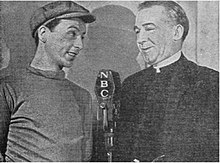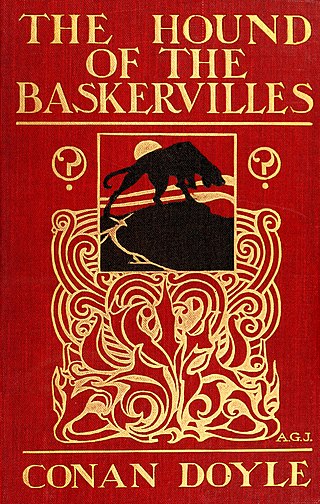
The Hound of the Baskervilles is the third of the four crime novels by British writer Arthur Conan Doyle featuring the detective Sherlock Holmes. Originally serialised in The Strand Magazine from August 1901 to April 1902, it is set largely in Dartmoor, Devon in England's West Country and follows Holmes and Watson investigating the legend of a fearsome, diabolical hound of supernatural origin. This was the first appearance of Holmes since his apparent death in "The Final Problem", and the success of The Hound of the Baskervilles led to the character's eventual revival.

Philip St. John Basil Rathbone MC was an Anglo-South African actor. He rose to prominence in the United Kingdom as a Shakespearean stage actor and went on to appear in more than 70 films, primarily costume dramas, swashbucklers, and, occasionally, horror films.
The year 1943 in film featured various significant events for the film industry.
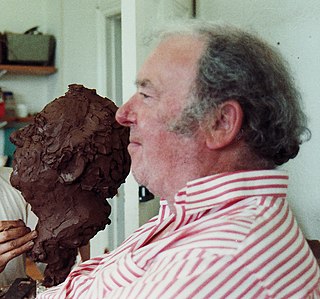
Frederick Charles Jones was an English actor who had an extensive career in television, theatre and cinema productions for almost sixty years. In theatre, he was best known for originating the role of Sir in The Dresser; in film, he was best known for his role as the showman Bytes in The Elephant Man (1980); and in television, he was best known for playing Sandy Thomas in the ITV soap opera Emmerdale from 2005 to 2018.

William Hooker Gillette was an American actor-manager, playwright, and stage-manager in the late 19th and early 20th centuries. He is best remembered for portraying Sherlock Holmes on stage and in a 1916 silent film.
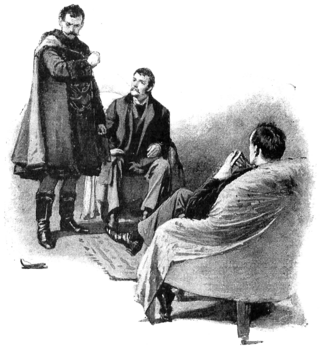
"A Scandal in Bohemia" is the first short story, and the third overall work, featuring Arthur Conan Doyle's fictional detective Sherlock Holmes. It is the first of the 56 Holmes short stories written by Doyle and the first of 38 Sherlock Holmes works illustrated by Sidney Paget. The story is notable for introducing the character of Irene Adler, who is one of the most notable female characters in the Sherlock Holmes series, despite appearing in only one story. Doyle ranked "A Scandal in Bohemia" fifth in his list of his twelve favourite Holmes stories.

"The Red-Headed League" is one of the 56 Sherlock Holmes short stories written by Sir Arthur Conan Doyle. It first appeared in The Strand Magazine in August 1891, with illustrations by Sidney Paget. Conan Doyle ranked "The Red-Headed League" second in his list of his twelve favourite Holmes stories. It is also the second of the twelve stories in The Adventures of Sherlock Holmes, which was published in 1892.
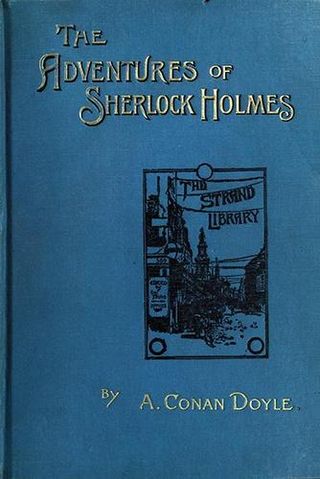
The Adventures of Sherlock Holmes is a collection of short stories by British writer Arthur Conan Doyle, first published on 14 October 1892. It contains the earliest short stories featuring the consulting detective Sherlock Holmes, which had been published in twelve monthly issues of The Strand Magazine from July 1891 to June 1892. The stories are collected in the same sequence, which is not supported by any fictional chronology. The only characters common to all twelve are Holmes and Dr. Watson, and all are related in first-person narrative from Watson's point of view.

"The Five Orange Pips", one of the 56 Sherlock Holmes short stories written by Sir Arthur Conan Doyle, is the fifth of the twelve stories in The Adventures of Sherlock Holmes.

"The Adventure of the Speckled Band" is one of 56 short Sherlock Holmes stories written by Sir Arthur Conan Doyle, the eighth story of twelve in the collection The Adventures of Sherlock Holmes. It was originally published in Strand Magazine in February 1892.
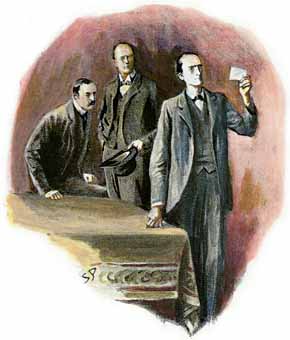
The Adventure of the Dancing Men is a Sherlock Holmes story written by Sir Arthur Conan Doyle as one of 13 stories in the cycle published as The Return of Sherlock Holmes in 1905. It was first published in The Strand Magazine in the United Kingdom in December 1903, and in Collier's in the United States on 5 December 1903.

"The Adventure of the Illustrious Client" (1924) is one of the 56 Sherlock Holmes short stories written by British author Sir Arthur Conan Doyle, and one of the 12 stories collected as The Case-Book of Sherlock Holmes (1927). It was first published in Collier's in the United States in November 1924, and in The Strand Magazine in the United Kingdom in two parts, in February and March 1925.
Alan Douglas Cox is a British actor. He portrayed a teenage Dr. Watson in Young Sherlock Holmes in 1985.

Donald Ellis Brodie was an American film and television actor.
Louis Hector was an American radio, theater, film, and television actor. He is best known for his roles of Sherlock Holmes in the 1937 broadcast of The Three Garridebs ; and that of the Reverend Browne in MGM's 1940 Technicolor release of Northwest Passage.
The Adventures of Sherlock Holmes is an American old-time radio show that aired on US radio networks between 1930 and 1936. The series was adapted from Sir Arthur Conan Doyle's Sherlock Holmes stories by scriptwriter Edith Meiser. For most of the series, Richard Gordon played Sherlock Holmes and Leigh Lovell played Dr. Watson.
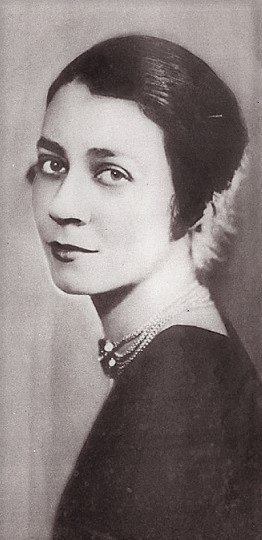
Edith Meiser was an American author and actress, who wrote mystery novels, stage plays, and numerous radio dramas. She is perhaps best known for bringing adaptations of Sherlock Holmes stories to radio in the 1930s.
